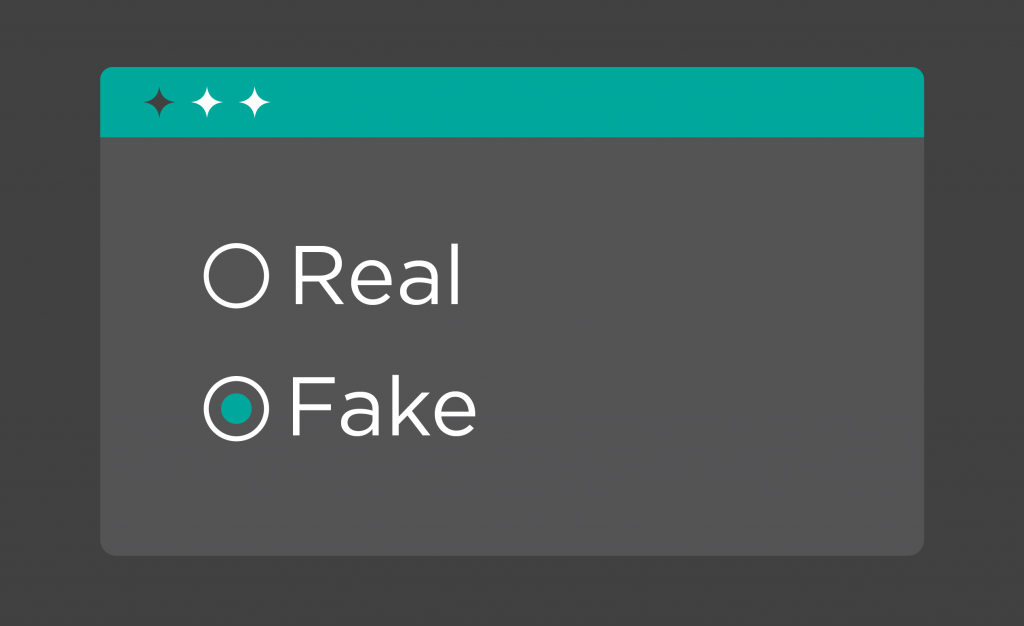When reality is too real for its own good.

Ever wonder if all those characters used in insurance marketing work? Ad Age did some research recently on the most liked and remembered ad insurance spokes-characters. The rankings* themselves didn’t really interest me as much as this sentence from the article: “According to the poll, one reason they (spokes-characters) work is that they make intangible insurance products more tangible: 48% of poll respondents say mascots make it easier to relate to insurance brands, while only 34% said the same thing about real-life celebrity backers.”
We have a deep focus in financial services and we’ve learned the same thing: it can be challenging for people to understand financial products, and why they matter. On top of that, “real” is sometimes too real to get messages to stick. We experienced this recently with one of our clients, USI Affinity. We were creating a digital campaign promoting life and disability insurance to business professionals. The client had research that showed that the audience rarely thought about the need for either insurance, especially disability insurance, though there is a pretty good likelihood that at some point in your life they’d need it. There’s also a significant financial risk to a business if the principal becomes disabled, and can’t continue working. Despite that, a lot of respondents in the research simply couldn’t understand the value of insurance and why it mattered.
We decided to test two different visual campaigns in market, one using photography and one using illustrations. The illustrated approach was much more effective in garnering attention and moving people to action. Some of that may be that the look broke through the clutter better. But we also think that the illustrations avoided the negative trap of “that doesn’t look like me” or “that scenario is unrealistic” that can doom a photorealistic approach.
Illustrations may also have been a welcome respite from everyday life that we see on screen so much already, via our social feeds, tv shows, and incessant Zoom meetings. By replacing something super realistic with a more light hearted approach, people became more receptive to hearing about the benefits of a dry but important topic — not all that different from how a humorous character can bring down the defenses and increase interest in insurance.
Advertising for “serious” products doesn’t have to show life in a realistic way to be effective. Sometimes communicating about very serious financial services products in more whimsical (and at times childish) ways is just what it takes to get someone to act like an adult and do what they should for their financial security.
*I personally would rank them a bit differently but that’s the reality of taking an opinion of one versus an online survey of 1,033 US adults 18+.
What matters to you?
Want to get work that really matters for you and your business? Let’s talk.
Email Us